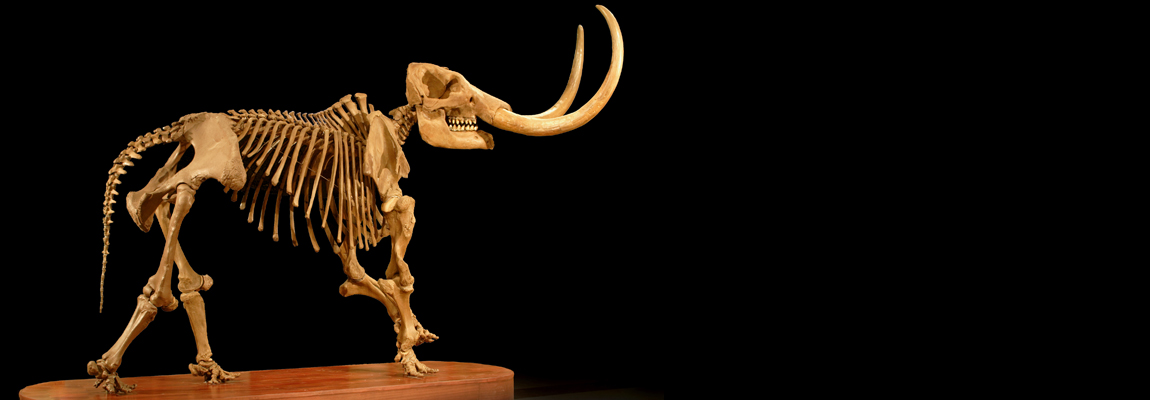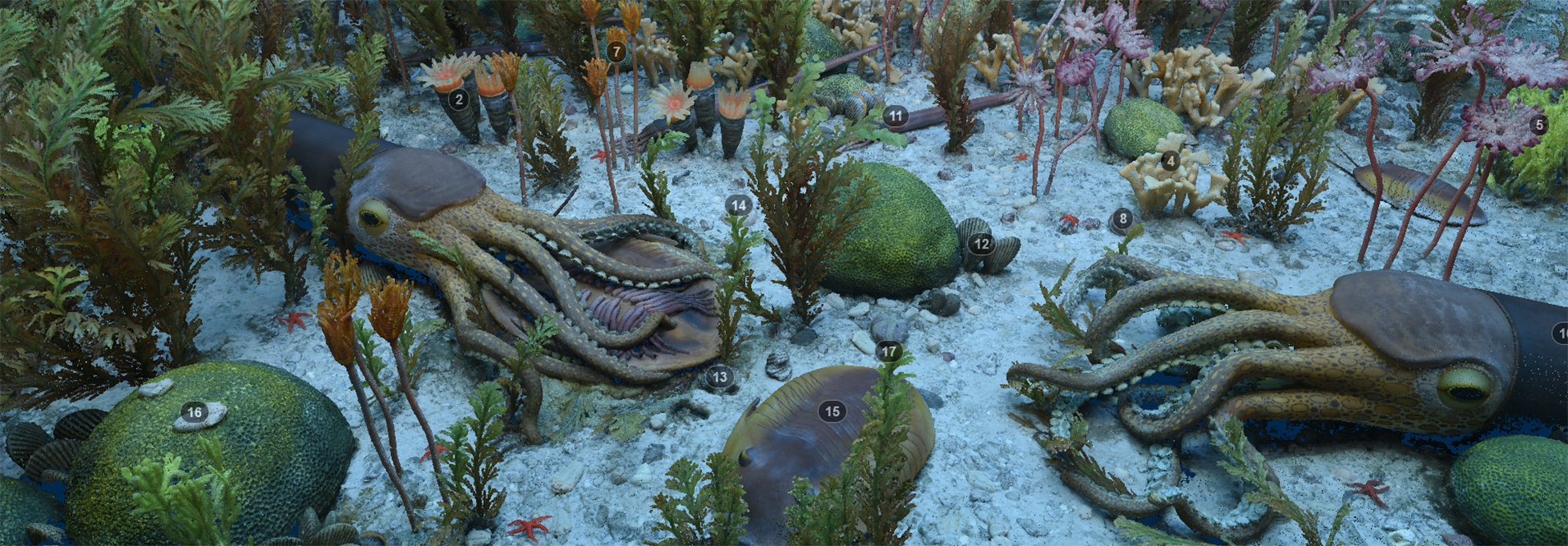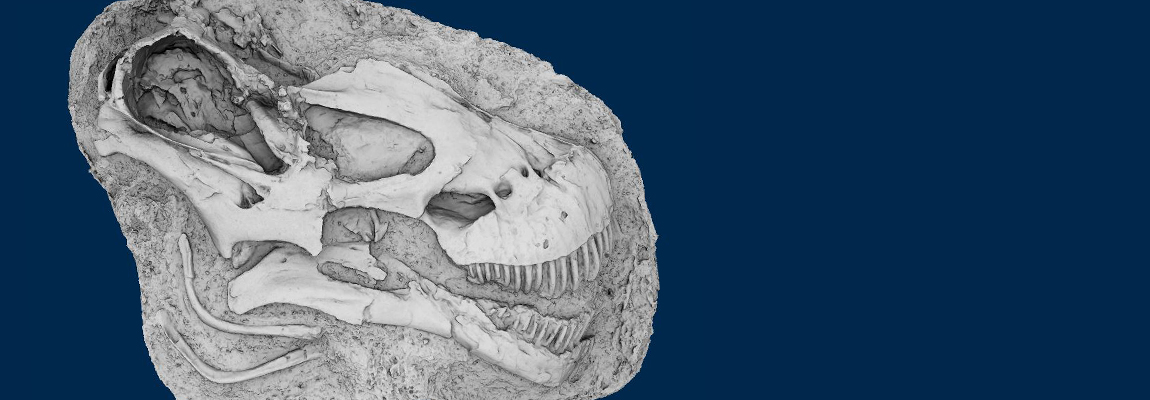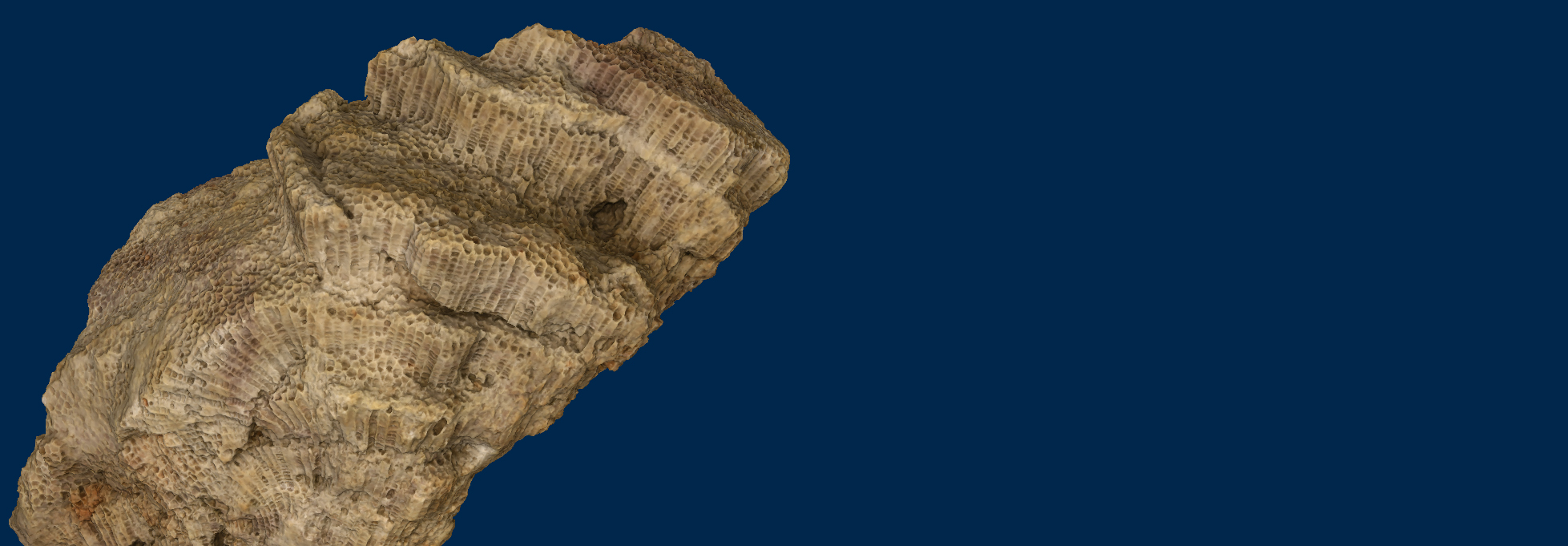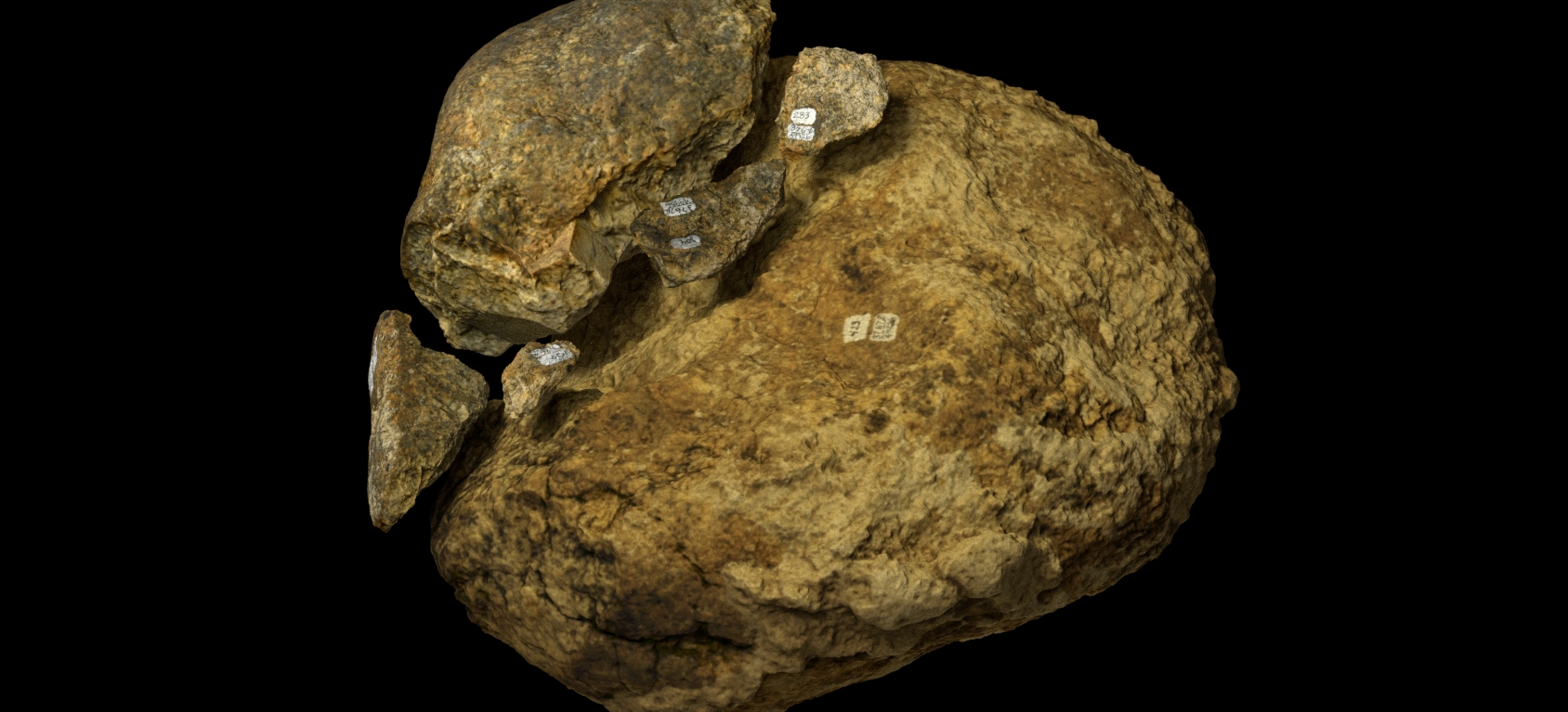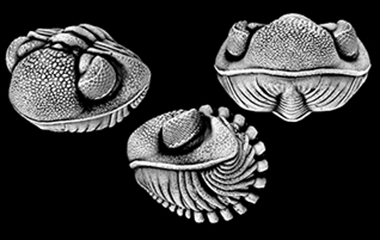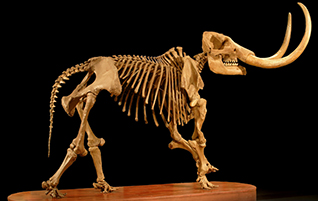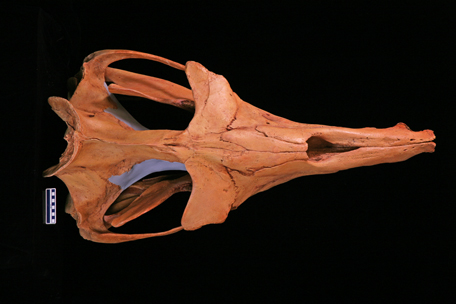UMORF | University of Michigan Online Repository of Fossils
The University of Michigan Online Repository of Fossils (UMORF) is a project of the University of Michigan Museum of Paleontology to increase the accessibility of fossil specimens through online 3D and 2D representations.
3D Invertebrates
3D Vertebrates
Image Galleries
Analyses of fossil material require detailed information on the 3-dimensional shapes of specimens. Traditional means of conveying this information through photographs and drawings work well to a point, but can now be supplemented by 3D graphics formats that allow onscreen manipulation of 3D digital models. This website, still in early stages of development, is intended as a resource and showcase for 3D (and supporting 2D) content featuring specimens in UMMP collections or being studied by UMMP personnel.
We hope to serve a range of different user communities. One of our goals is to provide internet access to our Type and Figured Collection – specimens that have been the basis for descriptions of new species and new interpretations of known species of extinct organisms. These are some of the most frequently consulted specimens in our collections, and providing access to students and researchers around the world will greatly enhance the usefulness of this material.
We also wish to represent notable comparative collections, especially when we are aware of a user community that could benefit from access to this material. Some site assemblages include hundreds of items (e.g., separate bones or bone fragments), often from a single individual organism. We envision these models being used for a range of purposes, from identifying anatomical elements from new sites … to investigating site formation processes.
We hope to serve a range of different user communities. One of our goals is to provide internet access to our Type and Figured Collection – specimens that have been the basis for descriptions of new species and new interpretations of known species of extinct organisms. These are some of the most frequently consulted specimens in our collections, and providing access to students and researchers around the world will greatly enhance the usefulness of this material.
We also wish to represent notable comparative collections, especially when we are aware of a user community that could benefit from access to this material. Some site assemblages include hundreds of items (e.g., separate bones or bone fragments), often from a single individual organism. We envision these models being used for a range of purposes, from identifying anatomical elements from new sites … to investigating site formation processes.



